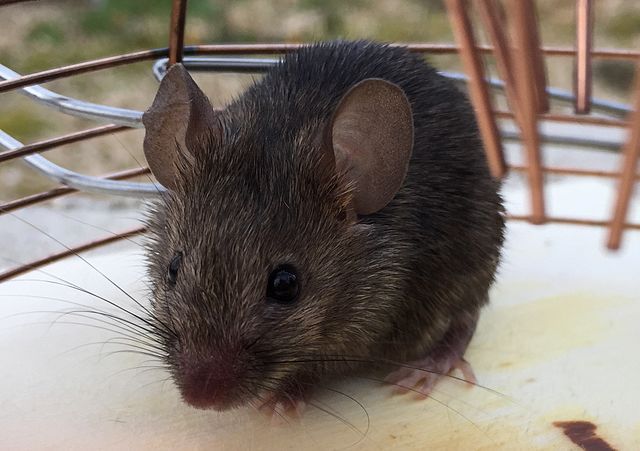-- Pest Library --
Mice
Mice Description
Mice are commonly grayish, but the color can vary. The body is roughly 3 – 4 inches in length, with the tail being of equal length. The muzzle is pointy, the ears are large and the eyes are small.
Diet
Mice will eat most foods humans eat, such as cereals, fruit, grains, meats, seeds, sweets and vegetables. However, mice will eat most anything when there is limited food available. They generally have 2 main feedings, one in the evening and another just before dawn, with numerous small feedings in between.
Life Cycle & Reproduction
Mice become sexually mature at about 5 weeks. Female mice can reproduce up to 8 times in their lifespan, with each litter ranging from 4-7 pups. Therefore, a single female mouse can produce up to 56 offspring.
Habitat
Idaho mice can be found in many places and situations, outside and inside. They find leaves, straw, and grass clippings along with other synthetic fibers in order to make nests. They are more active at night than during the day and aren't seen nearly as much as other pests.
Threat
Mice and rats transmit diseases through physical contact, bites, and contamination. They damage and destroy property by chewing wires, which may cause fires. They destroy labels on cans and damage sacks and other containers. They undermine buildings, gnaw pipes, chew water hoses, and cut through mortar and cement. They damage wood doors, floors, walls, clothing and furniture. Mice and rats carry diseases that are health hazards to both human and domestic animals – diseases such as typhus fever, trichinosis, plague, infectious jaundice, salmonella.










